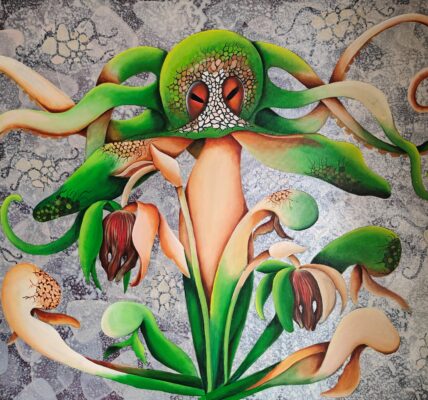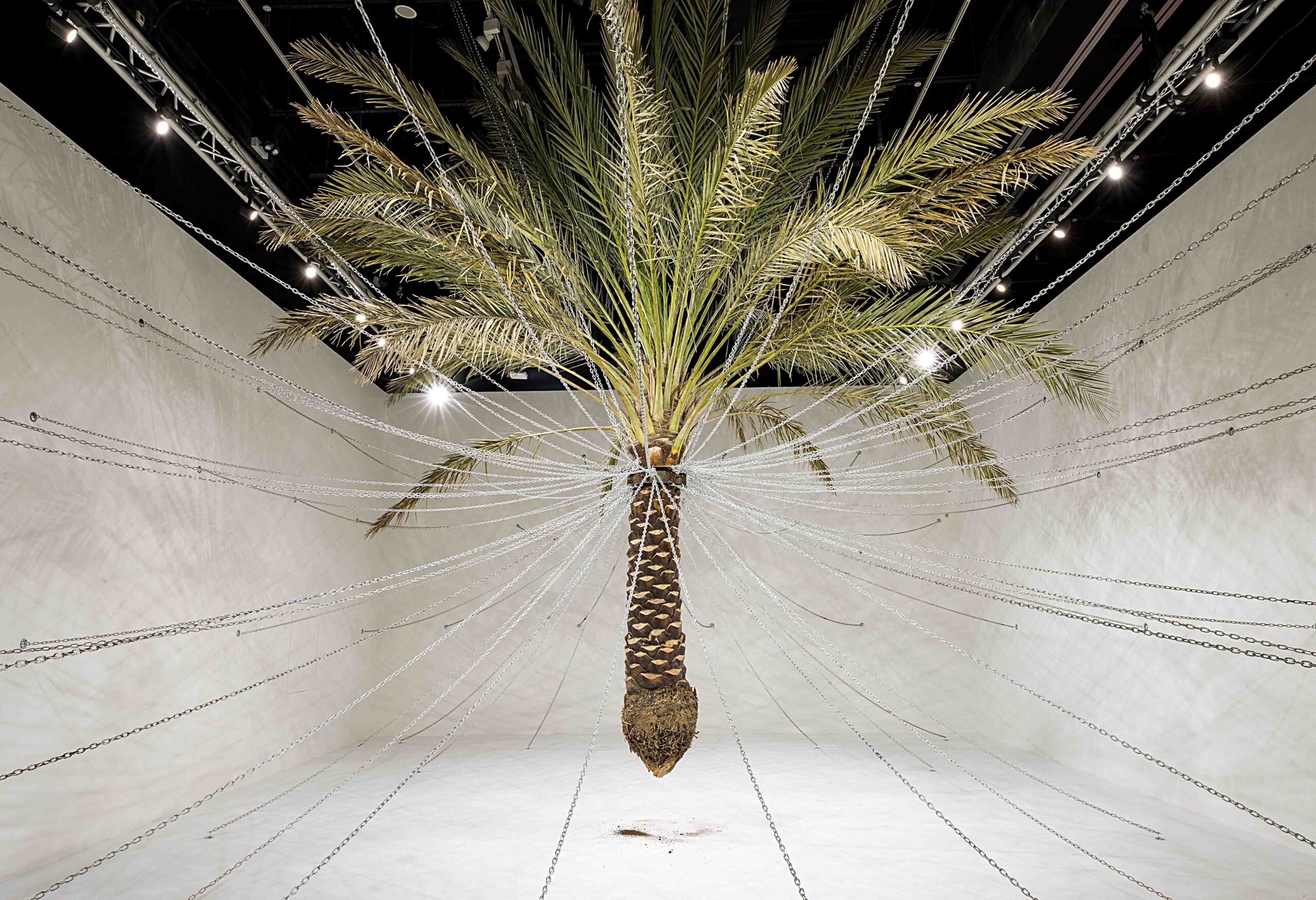Innovator of a new path in visual art
Keshav Malik
Ratnabali Kant’s artworks not only celebrate body and form but also mirror societal realities. Art & Deal reproduced Keshav Malik’s article stressing her growth as an artist.
Introduction: cry of conscience When I think of any artist, there are some problems that come to my mind, and these problems are not annoying but rather invigorating to me. Because they make you think and pause. You cannot categorize them in any particular order, as you cannot pigeonhole artists like a postman who puts letters in different boxes. Artists create their own paths, and they do not always follow road signs along the highway to creativity. When I am saying this I am looking at the life and work of Ratnabali Kant. One has seen her work and seen her in person over many years now.
I have seen her mostly on the Delhi scene. However, location should not be emphasized too much, as artists tend to break through geographic barriers to reach a self which can connect to any place; then they are free of their restricted native environment. One first saw Ratnabali’s work after her return from Greece, where she was doing her doctoral research on ‘Dynamic Elements in Ancient Greek Sculpture’ on a Greek government scholarship. Her first show at Lalit Kala Akademi in 1987 was an exciting one; it was exciting to me and to all others for an eccentric reason. Though there was Greek influence in her work, it was not a colonial influence. After all, we had been a colony of the British for a long time and have assimilated the culture of the occident at various levels, and this was not emphasized in her work.
Ratnabali had already received long years of training at Santiniketan and Baroda before she went to Greece. She was a trained thinker – as regards her work as an artist – as well as a trained practitioner of art. Greece added to her vocabulary. I think all this mingling can be chaotic, on one plane. We cannot often absorb it all easily. But Ratnabali tried to absorb it in her bloodstream. When that happens, diverse influences come together to create something unique – in terms of sources from which an artist draws nourishment. But that in itself is not enough, unless the artist has a ‘temperament’ of her own. To acquire that, you must learn a great deal; you must learn the skills and crafts of your art form and then express yourself using your own resources. Ratnabali learned the art of sculpting, and she has had training in dance and mime as well. It came to her that the realities that were around her – were crying to speak out through her work. We live in a given environment and this environment happens to be that of the Indian city or village; rural people constitute the major part of this environment. There seems to be a divide here, and the divide has grown wider in some places. In course of time, the growth of sensibility has led to the need to express the mundane/non-mundane socio-economic and cultural realities that surround all of us. This enterprise takes a lot of reflection.




